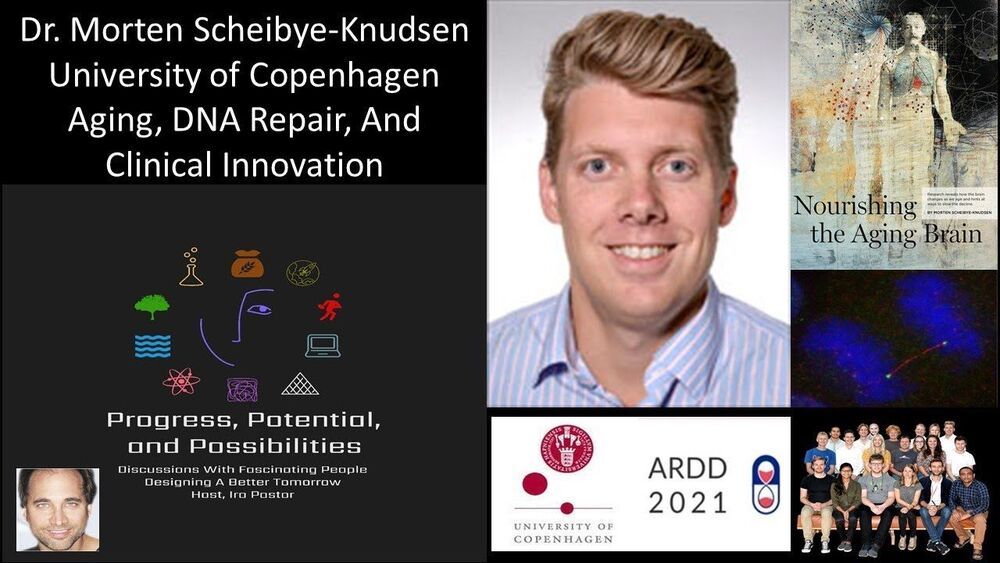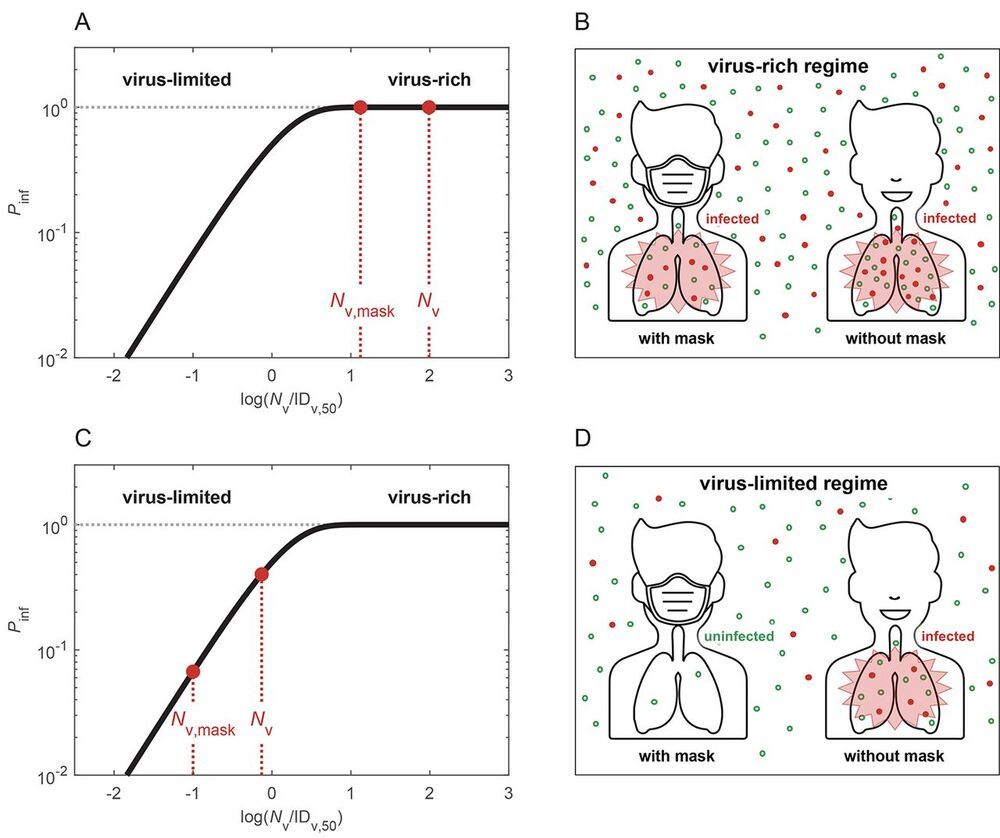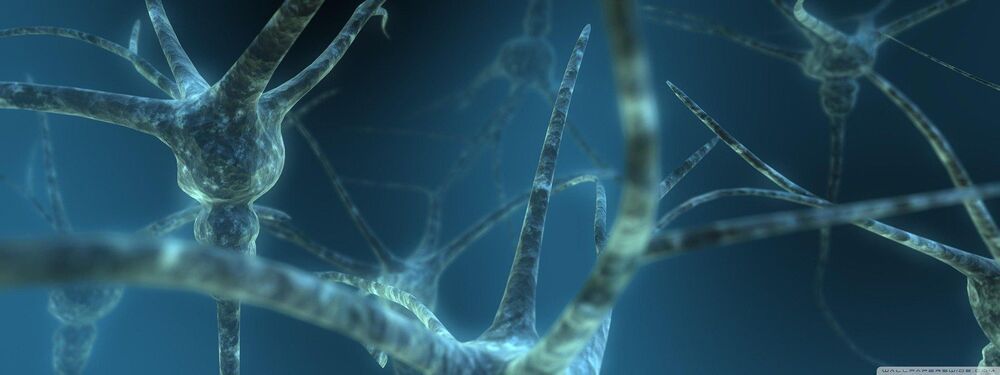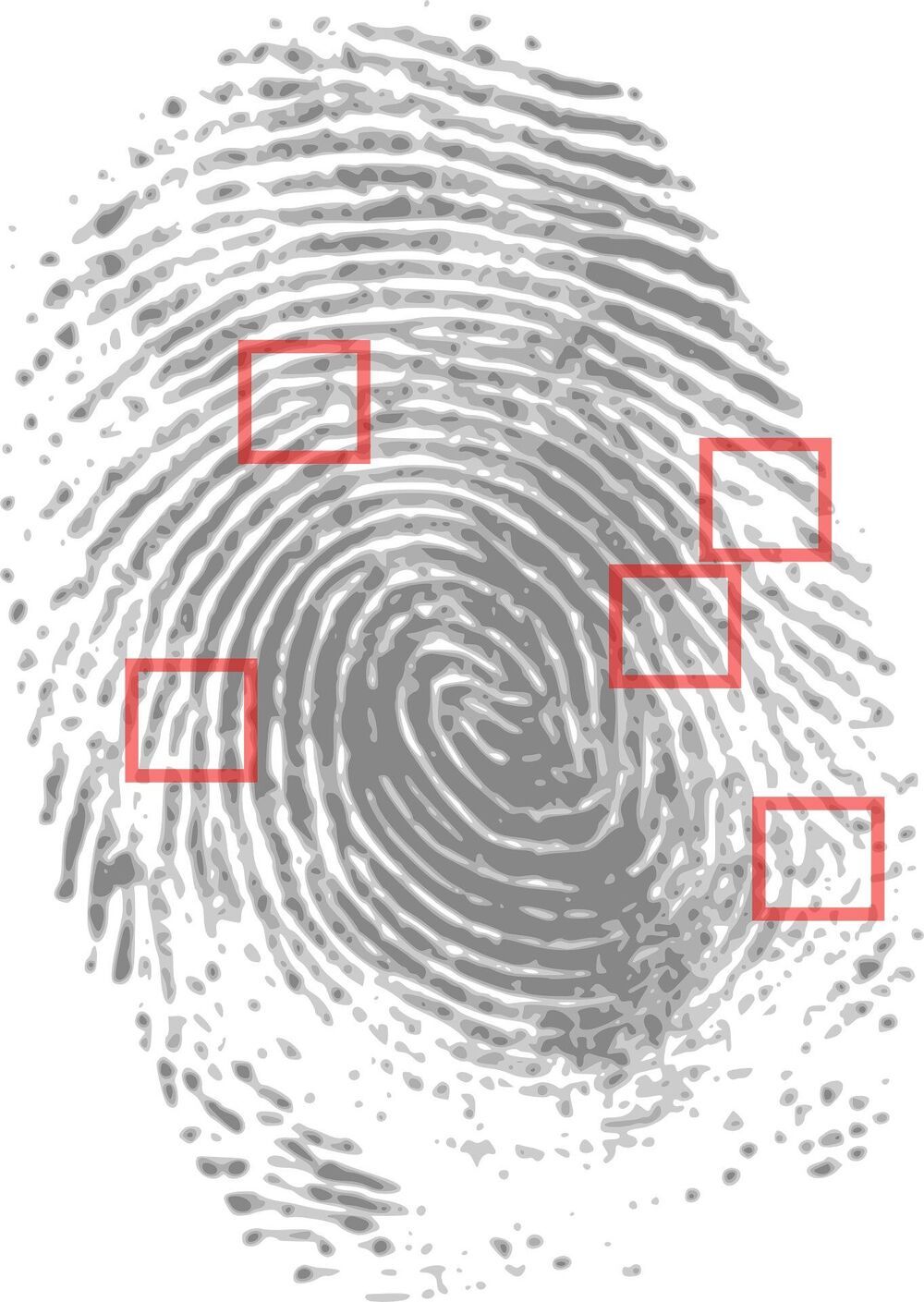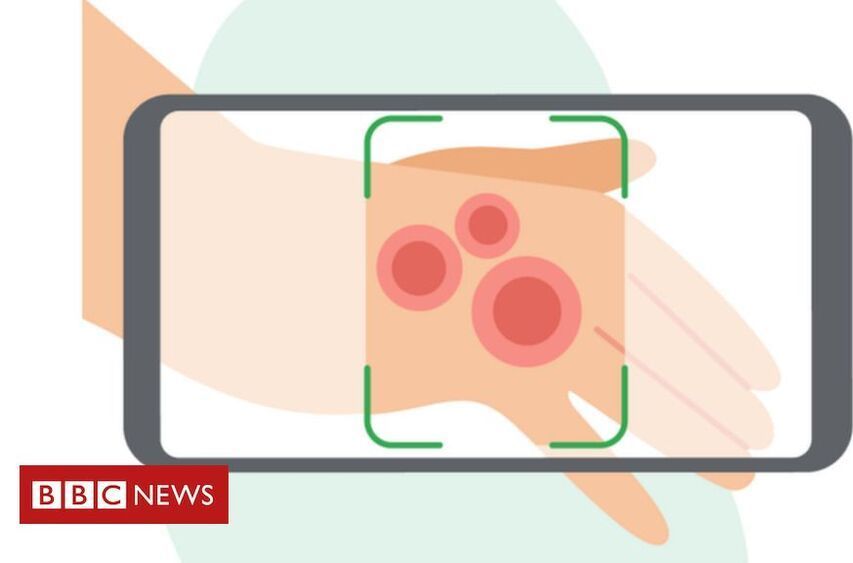Aging, DNA Repair, And Clinical Innovation — Dr. Morten Scheibye-Knudsen — University of Copenhagen.
Dr. Morten Scheibye-Knudsen is an Associate Professor at the Department of Cellular and Molecular Medicine, and at the Center for Healthy Aging (CEHA), at the University of Copenhagen.
Dr. Scheibye-Knudsen did his MD at the University of Copenhagen and worked briefly as a physician in Denmark and Greenland before turning to science. He did his post-doctoral fellowship at Vilhelm Bohr’s lab at the National Institute on Aging, National Institutes of Health, USA, where he utilized state-of-the art approaches to understand how DNA damage contributes to aging, discovering that neurodegeneration in several premature aging diseases is partly caused by hyperactivation of a DNA damage responsive enzyme called polyADP-ribose polymerase 1 (PARP1). This activation leads to loss of vital metabolites such as Nicotinamide Adenine Dinucleotide (NAD+) and acetyl-CoA. Importantly, this discovery facilitated the realization that we can intervene in the aging process by inhibiting PARP1, augmenting NAD+ levels and increasing acetyl-CoA.
In his own lab Dr. Scheibye-Knudsen continues to focus on understanding aging by combining machine learning based approaches with wet-lab analyses with the goal of developing interventions for age-associated diseases and perhaps aging itself.
Dr. Scheibye-Knudsen is Chief Editor, Frontiers in Aging, and an Advisory Board Member of the Longevity Vision Fund and Molecule Protocol.
